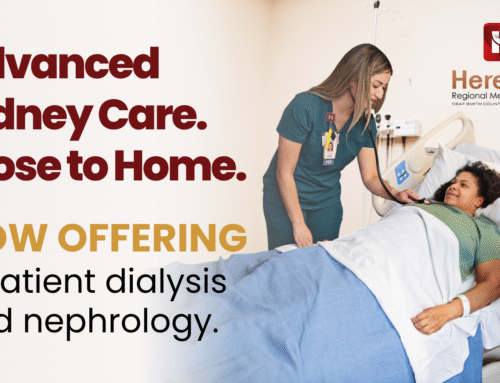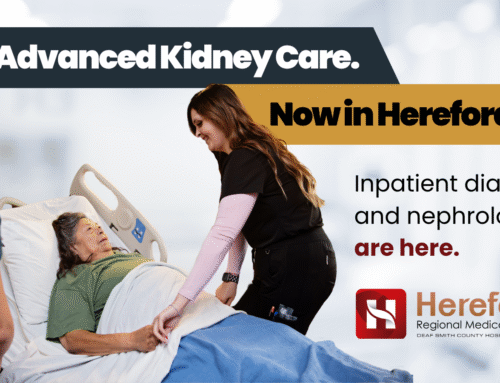DSCHD Leadership Selected to Speak on Success of Community Paramedicine Program
Deaf Smith County Hospital District’s Esmeralda Florez, director of social services, and Terry Hazlett, EMS director, will speak at the Healthier Texas Summit October 5.
Florez and Hazlett will share Deaf Smith County Hospital District’s successes with its community paramedicine program as part of a panel discussion on Addressing Rural Health Disparities via Community Paramedicine. Joining with other health care professionals from around Texas is an important part of our strategy to find new ways to advance care in Deaf Smith County and share our successes and insights with the broader health care community.
The DSCHD community paramedicine program brings together paramedics, nurses, social workers, physicians, and respiratory therapists to work with patients after they leave the hospital. The team meets patients in their homes to address a wide range of needs, including safety or living condition issues that could negatively impact care and outcomes. This ensures that patients keep appointments for follow-up visits and obtain medications, equipment, and any other social services they may need to continue recovering at home and avoid needing to be re-hospitalized.
Since its inception in March 2022, the DSCHD community paramedicine program has helped reduce the hospital’s readmission rate from 35 percent to just five percent as of March 2023, the region’s lowest rate and well below the state average of 14.9 percent. That rate has improved to an outstanding .003 percent readmission rate from March – September of this year.
The community paramedicine team sees an average of 5.5 patients per day, with more than 470 home visits performed to date. ER visits are down as well, as none of the patients visited by the community paramedicine team have had an ER visit within three days of their community paramedicine visit.
The Healthier Texas Summit is an initiative from the University of Texas System and It’s Time Texas that brings together health care leaders to discuss innovative and actionable changes for the state’s health care system.





